Carbonix and H3 Dynamics Partner to Build Hydrogen-Electric VTOLs in Australia
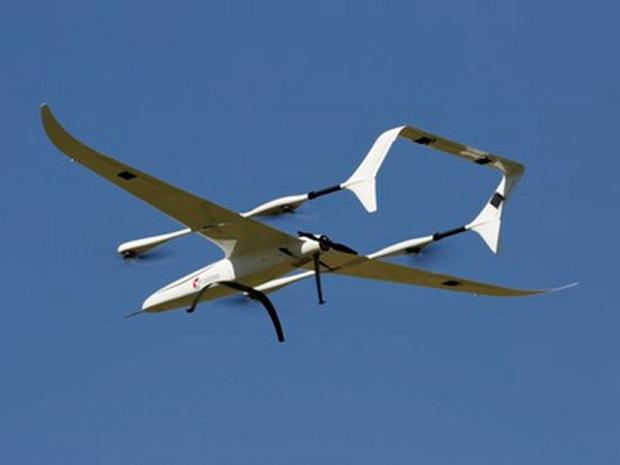
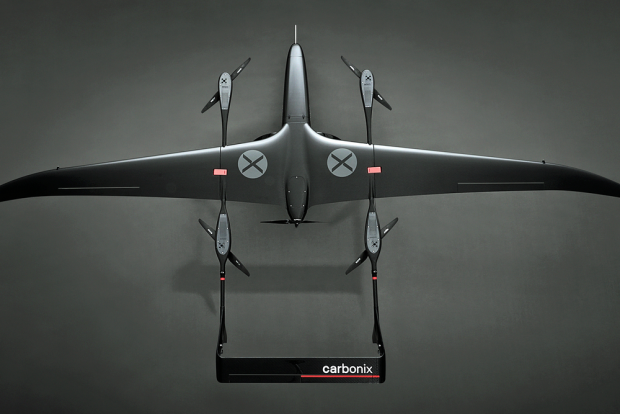
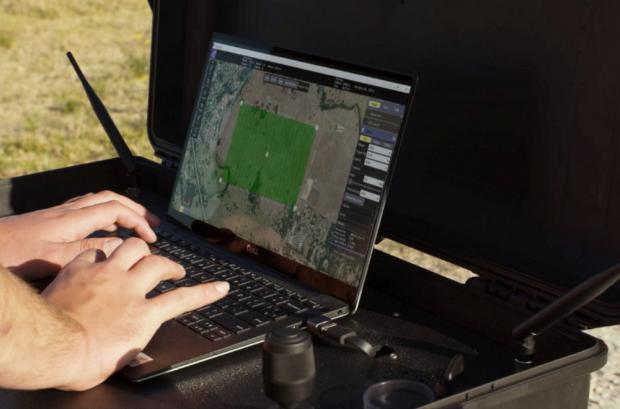
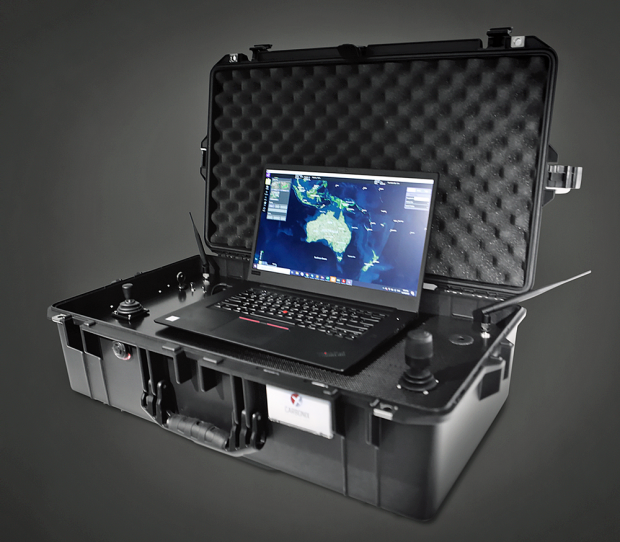
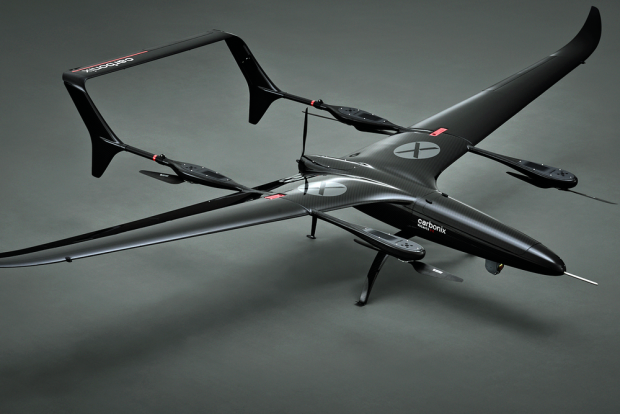
Australian UAV producer Carbonix and H3 Dynamics are jointly developing the first Australian hydrogen-electric VTOL (vertical take-off and landing) unmanned aircraft system (UAS). Carbonix is an Australian UAV manufacturer with expertise in advanced composite manufacturing, aerostructure design and VTOL control. H3 Dynamics has been developing hydrogen UAV technology for 15+ years.
Compared to batteries, hydrogen electric systems significantly increase flight duration, well suited to Australia, its low population density, and its beyond visual line of sight (BVLOS) commercial drone operations. Hydrogen-enabled range will support Carbonix’ long distance inspection applications for grid lines and pipelines, mining industry mapping and surveying across large expanses of land, which continue to rely on the use of costly helicopters and light aircraft.
The partnership aligns with Australia’s broader hydrogen and decarbonization plans, in Carbonix end-user markets such as mining and logistics, where passenger aircraft and helicopters, as well as battery or combustion engine drones are in use. H3 Dynamics will be integrating its off-the-shelf hydrogen systems to Carbonix' existing fleet of small unmanned VTOL systems.
“We are convinced unmanned systems are the evolutionary starting point to increasingly large hydrogen powered flight platforms, where testing, certification and regulatory approval challenges vary based on aircraft weight. H3 Dynamics’ plan is to increase the size of hydrogen air frames every year until we are able to fly passenger-scale aircraft. We want to mature airborne hydrogen technology in today’s existing uncrewed aviation markets as a first essential step towards that ultimate vision,” says Taras Wankewycz, CEO and co-founder of H3 Dynamics.
Carbonix’ next generation H2-VTOL UAV will make use of H3 Dynamics’ hydrogen-electric nacelle technology. H3 Dynamics’ patented distributed hydrogen-electric propulsion technology liberates the main fuselage, making room for bigger sensors or more cargo for autonomous delivery over long distances. “Australia will most likely be the first to use commercial electric-powered drones that use hydrogen instead of batteries, in order to fly for many hours at a time and reach those remote locations, or survey much larger areas of land,” said Wankewycz. The Volanti drone is shown. For more information, visit the Carbonix and h3dynamics websites.
